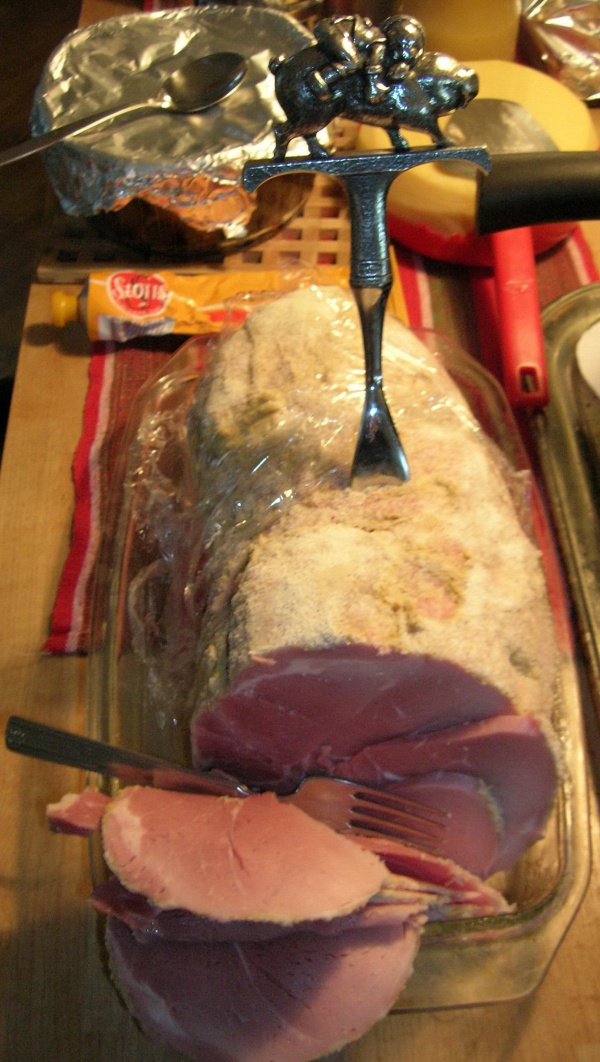Facts About Christmas ham
Christmas ham, also known as Yule ham, is a beloved dish often gracing holiday tables in Northern Europe and the Anglosphere. The preparation of this festive ham varies widely depending on regional practices and family traditions.
The custom of enjoying ham at Christmas traces back to Pagan rituals, where a wild boar was sacrificed to honor the Norse god Freyr during harvest festivals. When these traditions were adopted by Christians, the ham became associated with St. Stephen's Day.
In Sweden, Christmas ham is the centerpiece of the "julbord" the traditional Christmas smörgåsbord. Here, the ham is typically cured, then boiled or baked. Finally, it is coated with a mixture of egg, breadcrumbs, and mustard before being browned in the oven.
In Australia, Christmas ham is a staple at most holiday meals. Australians often get creative with their hams, incorporating unique ingredients to make them special. Given that Christmas falls in the summer Down Under, many prefer a lighter meal, often serving cold turkey, ham, seafood, and salads instead of the hot roast dinners more common in colder climates. Leftover ham is typically frozen and later used in soups and other dishes once summer has passed.
Whether served hot or cold, Christmas ham remains a cherished tradition, bringing families together to celebrate the holiday season.

 Norway
Norway